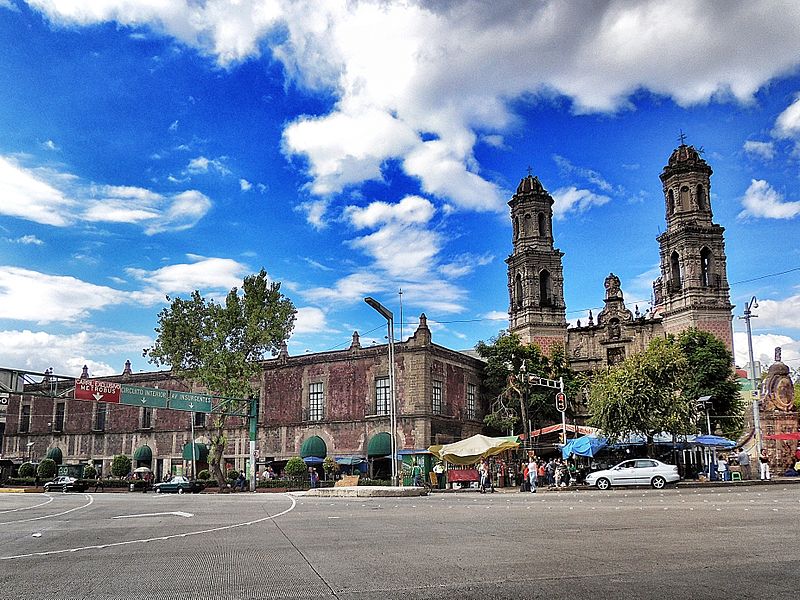
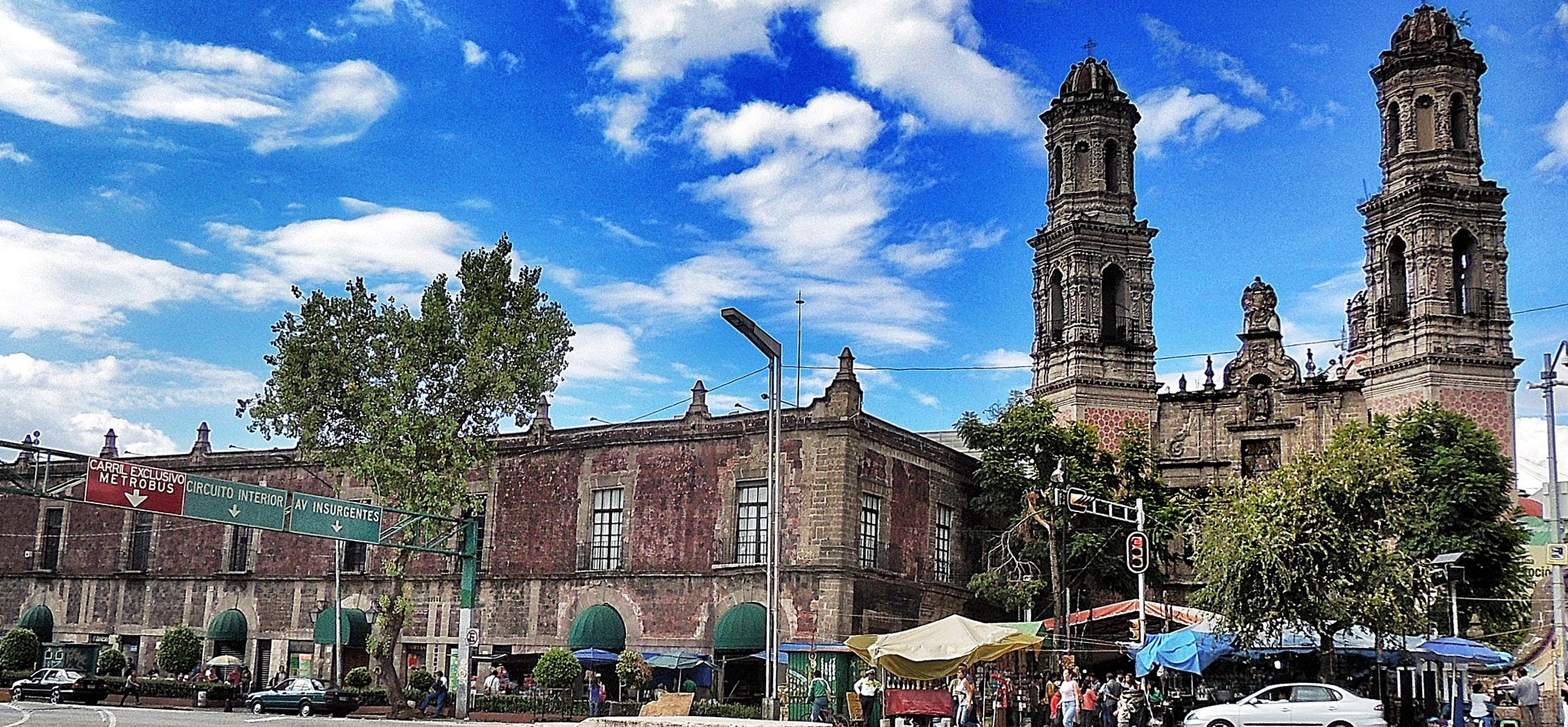
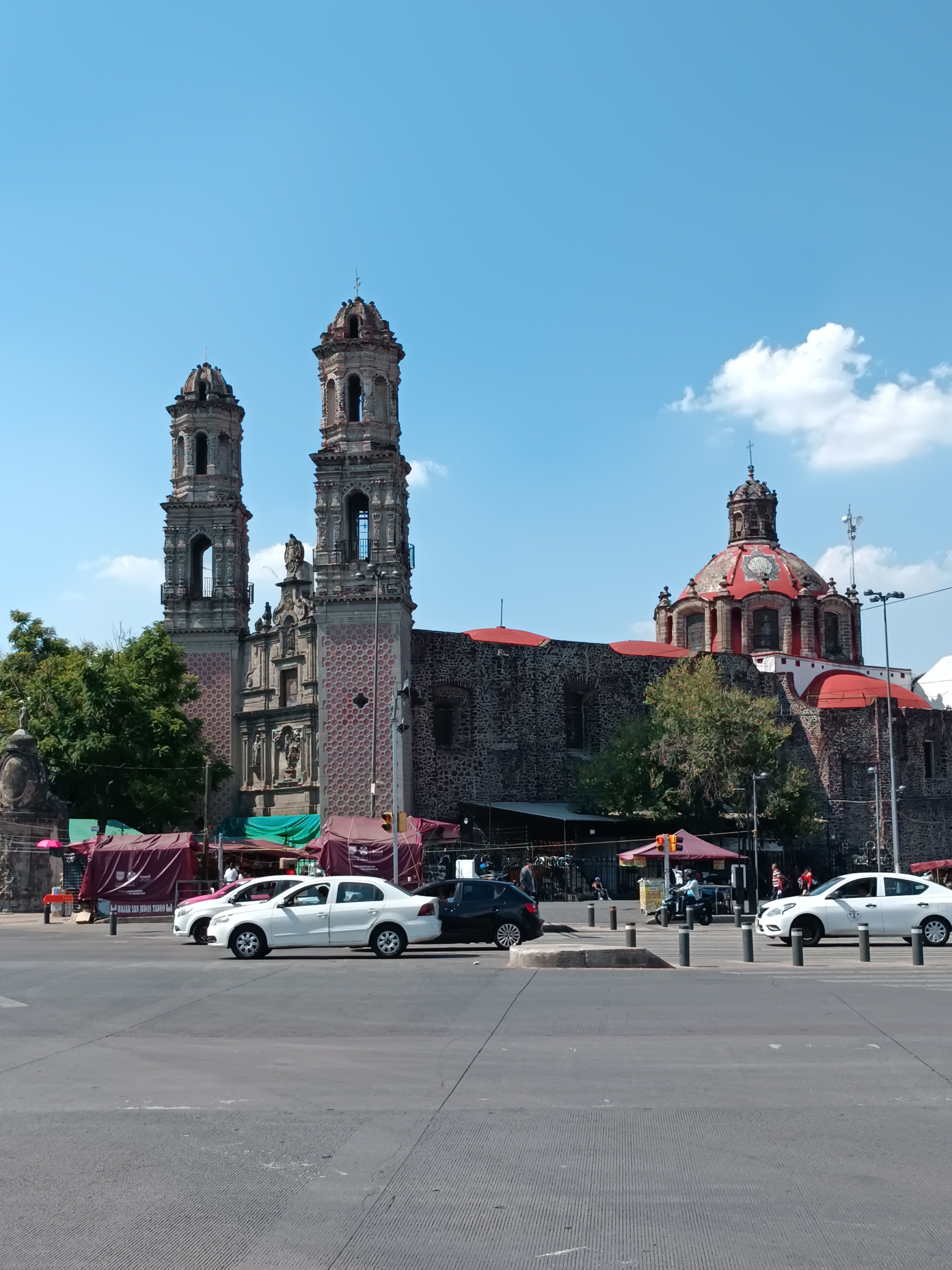
The Temple of San Hipólito and San Casiano can pack a lot of story into its twin towers and surrounding complex. While today it’s the chief meeting place for boisterous followers of San Judas Tadeo (Saint Jude in English), the temple goes back to the conquest and doesn’t stop there.

This is the beginning of the old (super-old) Calzada Mexico-Tacuba, the causeway that led from Tenochtitlan to its neighbor city in Tacuba, then called Tlacopan. As such, there’s almost too much history here to reflect in one page. Here’s an attempt.
Like the Church of Santa Veracruz just down the street, the Temple of San Hipólito occupies a complex and controversial place in history. It’s probably not enough to dismiss the entirety of that contradictory and often painful history. Look into it directly and question all that you can.
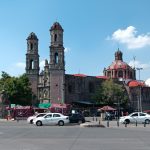 Troops commanded by Hernán Cortés defeated the city of Tenochtitlan on August 13, 1521. The Christian saints' calendar of that time marked the feast of Saint Hippolytus the Martyr on that day. The soldiers thus received plots of land in the city as rewards for their work.
A soldier named Juan Garrido received some land on the outskirts of the city, where the Spanish troops had passed on their escape on June 30, 1520 during a passage remembered as the "Sad Night." On his land, Garrido built a hermitage and gathered the skeletal remains of the fallen from that sad night. He named his hermitage for the martyrs.
In 1564, the Mexico City Council received an offer from the Pope to acquire the remains of Saint Hippolytus Martyr for 800 pesos of common gold. The temple to San Hipolito and San Casiano, as patrons of the Hispanic conquest of the city, was then erected over the chapel of the martyrs.
In that church was a banner with which Cortes took to the Mexica capital, so that every year - over three centuries of Spanish domination - "The walk of the banner" was carried out. The entire population of the capital participated. The current temple was opened in 1767. In the atrial wall of the temple of San Hipólito, architect José Damián Ortiz de Castro erected a monument to the sad night. It is a wall a little more than two meters high, known as the "Monument of the Labrador" recalling a legend of a Nahua farmer who tried to warn Moctezuma II of the consequences of his actions.
The history of the old hospital is also unique. Bernardino Álvarez, a Spanish soldier with a great fortune obtained through games and frauds, bought some vacant land next to the temple of San Hipólito. By 1567 the archbishop of Mexico granted him a license to found a hospital. The institution was dedicated particularly to the elderly and the insane. Soon more people became involved in its maintenance until the Congregación de La Caridad y San Hipólito was created. It was suppressed by the Cortes de Cádiz in 1820.
Troops commanded by Hernán Cortés defeated the city of Tenochtitlan on August 13, 1521. The Christian saints' calendar of that time marked the feast of Saint Hippolytus the Martyr on that day. The soldiers thus received plots of land in the city as rewards for their work.
A soldier named Juan Garrido received some land on the outskirts of the city, where the Spanish troops had passed on their escape on June 30, 1520 during a passage remembered as the "Sad Night." On his land, Garrido built a hermitage and gathered the skeletal remains of the fallen from that sad night. He named his hermitage for the martyrs.
In 1564, the Mexico City Council received an offer from the Pope to acquire the remains of Saint Hippolytus Martyr for 800 pesos of common gold. The temple to San Hipolito and San Casiano, as patrons of the Hispanic conquest of the city, was then erected over the chapel of the martyrs.
In that church was a banner with which Cortes took to the Mexica capital, so that every year - over three centuries of Spanish domination - "The walk of the banner" was carried out. The entire population of the capital participated. The current temple was opened in 1767. In the atrial wall of the temple of San Hipólito, architect José Damián Ortiz de Castro erected a monument to the sad night. It is a wall a little more than two meters high, known as the "Monument of the Labrador" recalling a legend of a Nahua farmer who tried to warn Moctezuma II of the consequences of his actions.
The history of the old hospital is also unique. Bernardino Álvarez, a Spanish soldier with a great fortune obtained through games and frauds, bought some vacant land next to the temple of San Hipólito. By 1567 the archbishop of Mexico granted him a license to found a hospital. The institution was dedicated particularly to the elderly and the insane. Soon more people became involved in its maintenance until the Congregación de La Caridad y San Hipólito was created. It was suppressed by the Cortes de Cádiz in 1820.
Heart of México Walking Route: Manuel Tolsá - Santa Veracruz
< < MUNAE | The Ancient Route > >
Proyecto “Corredor de Cultura Digital”.
Nombre de la investigación: Investigación Centro Histórico, Monumentos, Edificios y Puntos de Interés (2023)
Dirección de investigación y diseño de Rutas: Acércate al Centro A.C. Guadalupe Gómez Collada
Coordinación e investigación histórica: Fideicomiso del Centro histórico Dir. Maestra Loredana Montes
 55 5510 4796
55 5510 4796
 https://www.facebook.com/pg/sanhipolitomx/
https://www.facebook.com/pg/sanhipolitomx/
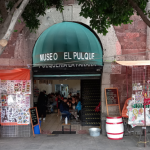
Nearest at 0.01 kms.

Nearest at 0.05 kms.
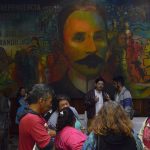
Nearest at 0.11 kms.

The National Art Museum in Mexico City's Centro Histórico is always going to be a holiday highlight.

One of Mexico City's most beautiful historic squares, it's a meeting place for booklovers and dealers.

Perhaps more controversial than Sebastián's big yellow replacement, Charles the Fourth is still riding high.
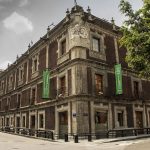
One of the most painstakingly restored 17th century complexes in the City, MIDE tackles a tough subject with style.

The National Print Collection is an enormous trove of important printed works from a wide variety of techniques.